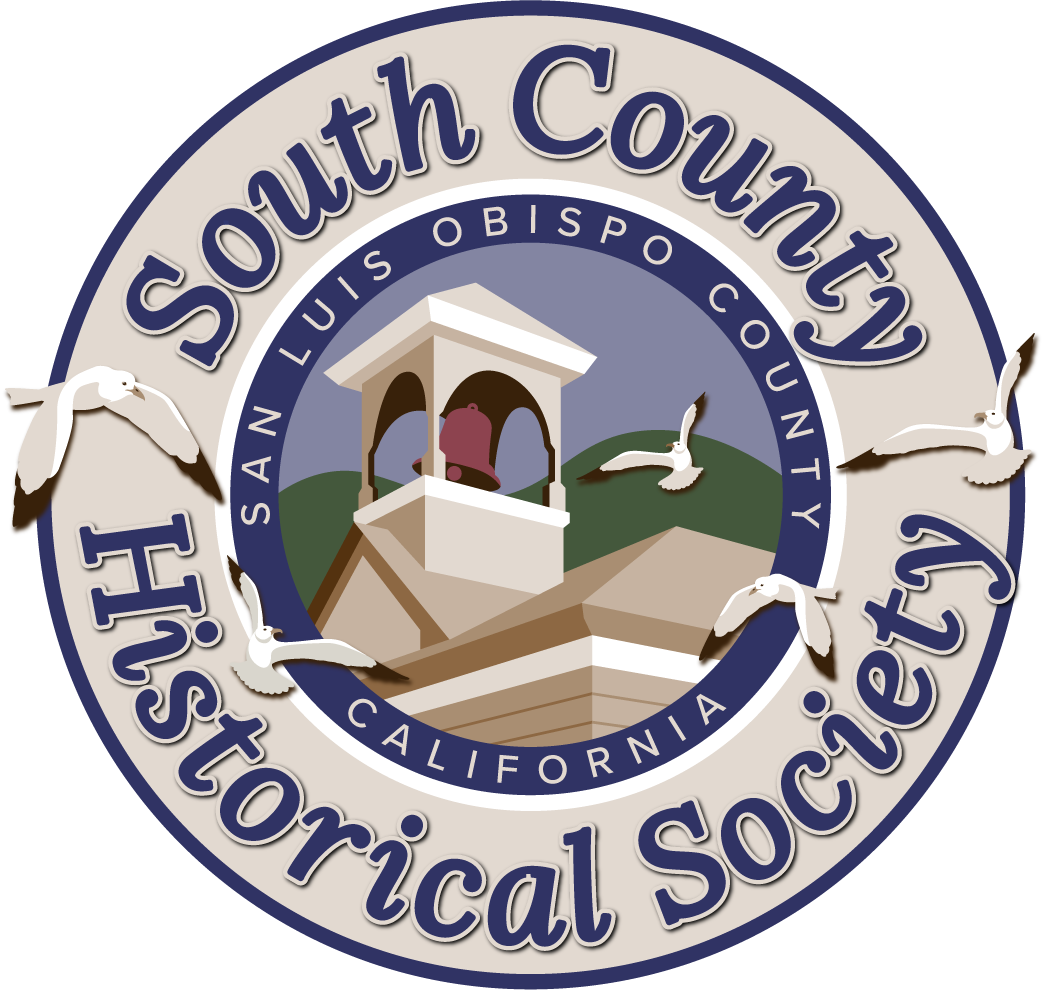
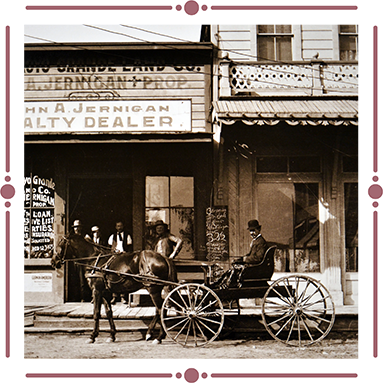
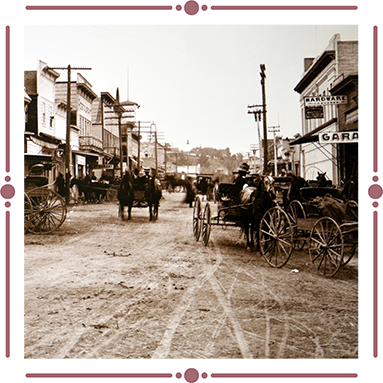
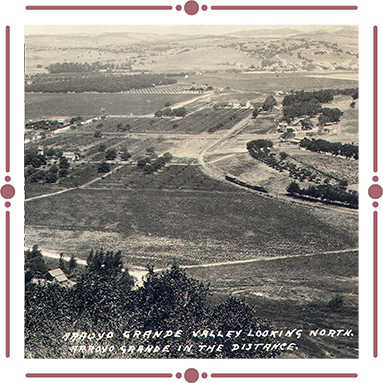
Nipomo

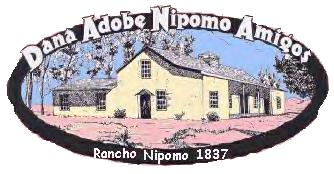

The CASA de DANA or "Dana Adobe" was begun in 1839 and completed much as it appears today in about 1851. It remains the most historically significant residence in San Luis Obispo County. Its architect and builder, Captain William G. Dana of Boston, its architect and builder, played an important role in the history of Santa Barbara and San Luis Obispo Counties, and through his influence and contacts, became a major force in the history of California before and after statehood. Located beside the old Camino Real which bisected the 38,000 acre Rancho Nipomo, La Casa de Dana for many years provided a stopping place for travelers along this main north-south artery.
Captain John C. Fremont was a guest at the Rancho on his march south to the conquest of Los Angeles in 1846. and Capt. W. H. Halleck, who later became Abraham Lincoln's Chief of Staff, was a personal friend of Dana's and a frequent visitor. Letters preserved in collections at the Bancroft Library, the Huntington Library, and numerous other institutions document Dana's correspondence with most of the leading figures during one of the most critical eras in California's history. The adobe's significance, however, lies not only in its associations with historic figures, but with events that took place there as well.
After the end of the war with Mexico and before California became a state, William G. Dana's home was designated by order of General Kearney as one of only four official exchange points along the state's first American mail route. In 1849 it became one of the two polling places in what became San Luis Obispo County where votes were cast on the issue of statehood, and from the 1850's to the 1890's all stage coaches traveling north and south along this inland route stopped at the Rancho's adobe barn (whose foundations can still be seen near the house) to change horses.
In addition to its historic significance, the Dana Adobe has a cultural value which becomes increasingly relevant as the demographics of modern California change. Captain Dana's wife, Maria Josefa Carrillo was a daughter of Carlos Carrillo of Santa Barbara, one-time governor of California under Mexico, and also niece of the general, Jose Castro, who commanded California troops against the American takeover of California in 1846 and '47. The thirteen children born to the couple who lived to adulthood were raised in the traditions, religion and language of Mexican California, but were educated in their father's native language, values and customs as well. As with the house itself, which architecturally blends features of the California adobe with those of the New England frame house, the Life of the Casa de Dana was a blend of Hispanic and American cultures.
